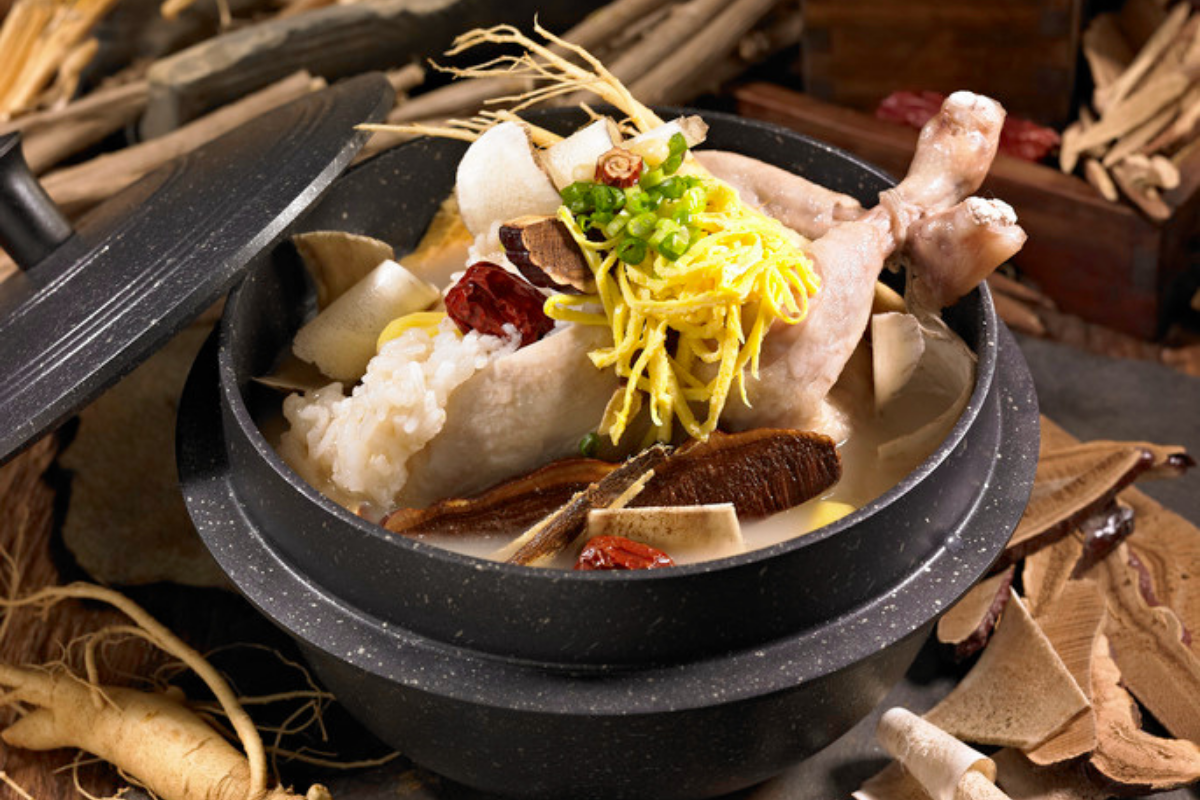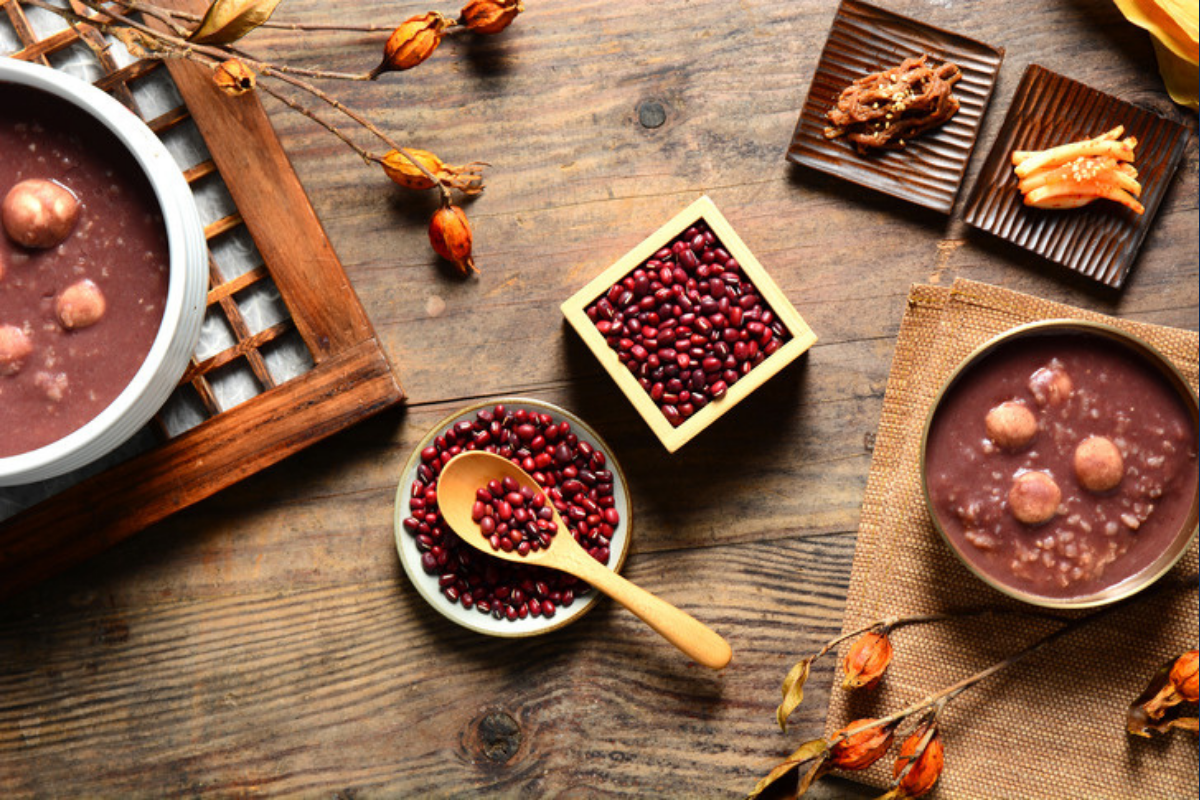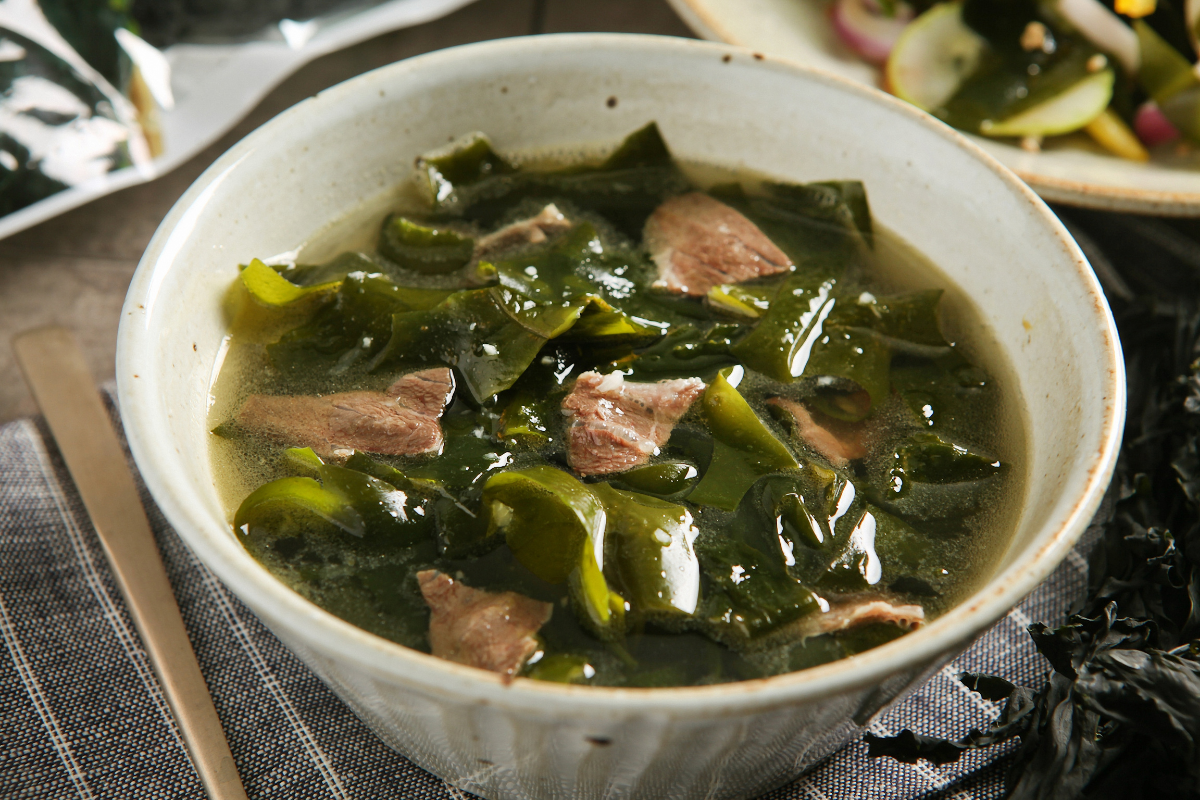Korean Culture | Special Foods Eaten On Holidays
From Seollal to Dongji, 5 foods traditionally eaten on Korean holidays and why
In cultures all over the world there are traditions to do with food and Korea is no exception.
With Chuseok right around the corner, we thought we would introduce you to some Korean holidays and the foods that are traditionally eaten!
Seollal: Tteokguk

During the Lunar New Year celebrations, Koreans eat tteokguk (떡국) a soup made with rice cakes and usually sliced meat and green onion.
Recipes can vary from family to family or by region, but the tteok is the essential ingredient.

So where did this tradition come from?
Tteokguk is said to bring good luck when eaten on Lunar New Year.
The long, white tteok is said to represent longevity and purity.
When sliced it is round like a coin, representing wealth for the new year.
Because of this, Koreans made it customary to eat tteokguk for New Years.
Sambok: Samgyetang

In Korea there are days referred to as the 3 hottest days, Sambok (삼복), spread out over a month long period.
Each day has it's own title: Chobok (초복) comes first, Joongbok (중복) follows, and then Malbok (말복).
On these days, Koreans traditionally eat samgyetang (삼계탕), a chicken soup made with ginseng root, garlic, and jujube.

The reason for eating this hot food, which may seem counterintuitive, is because it is believed if your body is hot on the outside, but cool on the inside the temperature difference will make stomach function weak and you will end up losing energy instead.
The chicken and ginseng are thermogenic, transferring warm energy to the digestive tract, which has the effect of restoring energy when your body is tired due to heat.
If you come to Korea in the summer time, try some samgyetang!
Chuseok: Songpyeon

Chuseok (추석) is the Korean Fall harvest festival that is sometimes called "Korean Thanksgiving".
It is a three day holiday and it is customary to spend the holiday with your family.
A food that is a major part of the celebrations is songpyeon (송편), which is a type of rice cake filled usually with sweet sesame or bean filling.
The songpyeon are folded into half moon shapes and steamed with pine needles.
It is said the half moon shape is significant because it symbolizes the Silla Dynasty and a bright future.

People often make wishes when eating Songpyeon, usually for things like good health and success.
According to folklore, if a single woman can make Songpyeon really well, she will find a good husband, and if a pregnant woman makes really good Songpyeon, she will have a beautiful daughter.
Dongji: Patjuk

On Dongji, or the winter solstice, the shortest day of the year, Koreans traditionally eat red bean porridge called patjuk (팥죽).
It is simply a porridge made from rice and red beans.
Small, round rice cakes made of glutinous rice flour are often added, which are called saeal-sim (새알심) meaning "bird egg".

Because this night is the longest, it is believed that the Yin on this day is the strongest, meaning many spirits will be active.
Red beans are believed to ward off evil spirits, which is where the tradition of eating red bean porridge came from.
In ancient times it is said people would even put red bean paste in the corners of the house to protect the family from evil spirits.
Birthdays: Miyeokguk

Birthdays are a special day and these days most people celebrate with cake, but the traditional food for Koreans is seaweed soup - miyeokguk (미역국).
It is a very easy dish to prepare, but still delicious and is loved by many Koreans.

The reason Koreans eat seaweed soup on their birthdays is to remember their mother's love and sacrifice.
Seaweed is very nutritious and in particular is recommended for new mothers postpartum.
Birthdays are not just about the one individual, but also the one who gave birth to them, so Koreans remember that special bond by eating seaweed soup just as their mothers did when they were newborns.
Today we talked about some Korean holidays and food traditions that go with them.
Did you learn anything new? Are there any similarities to your culture's traditions?
Let us know in the comments!